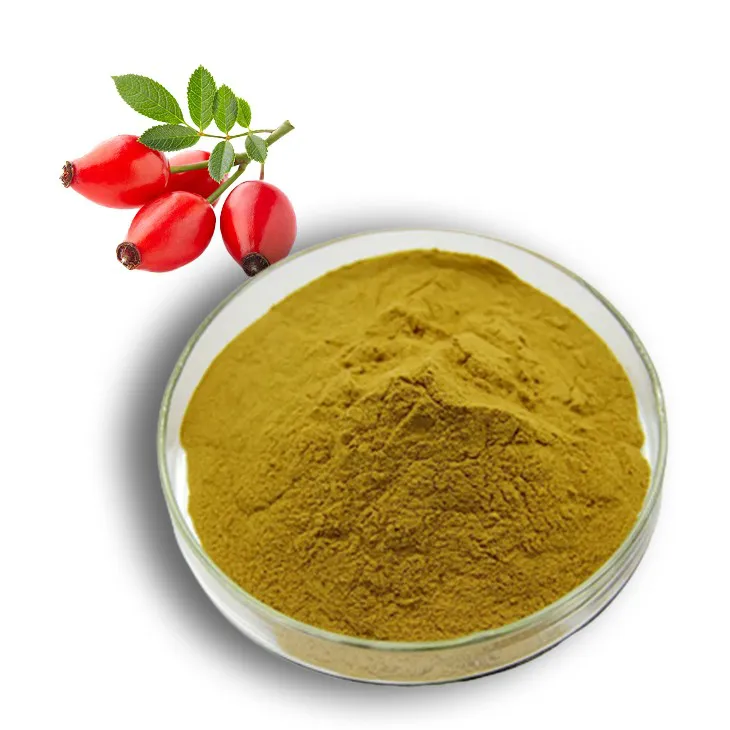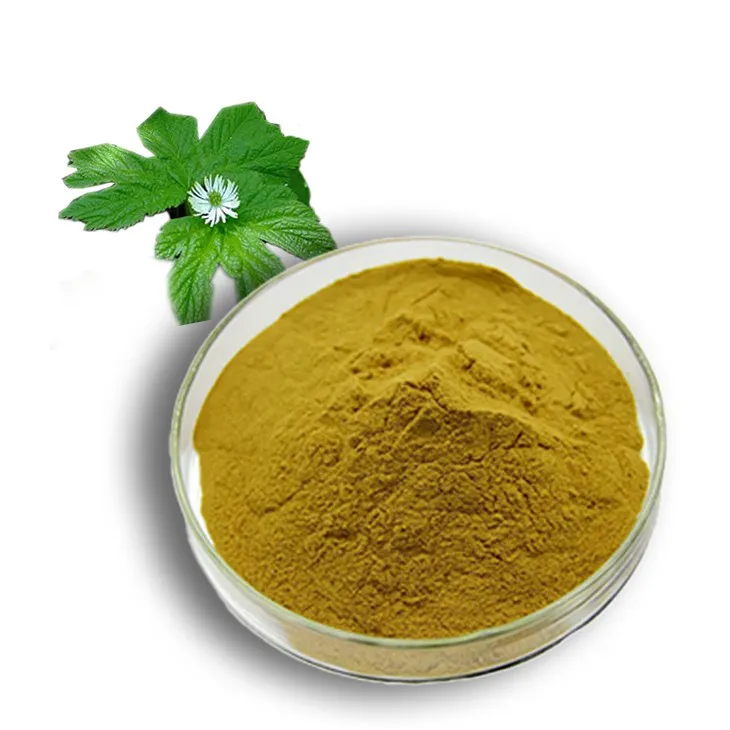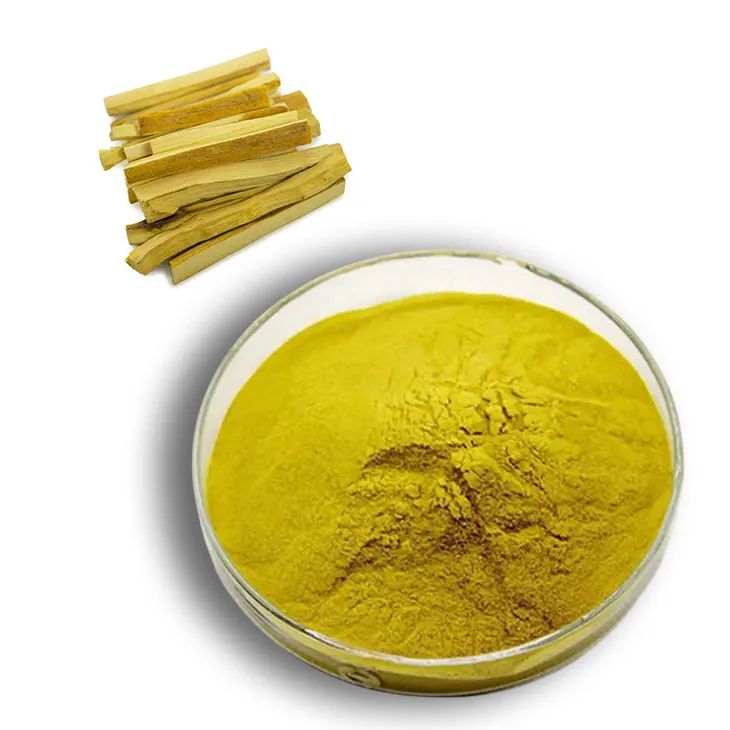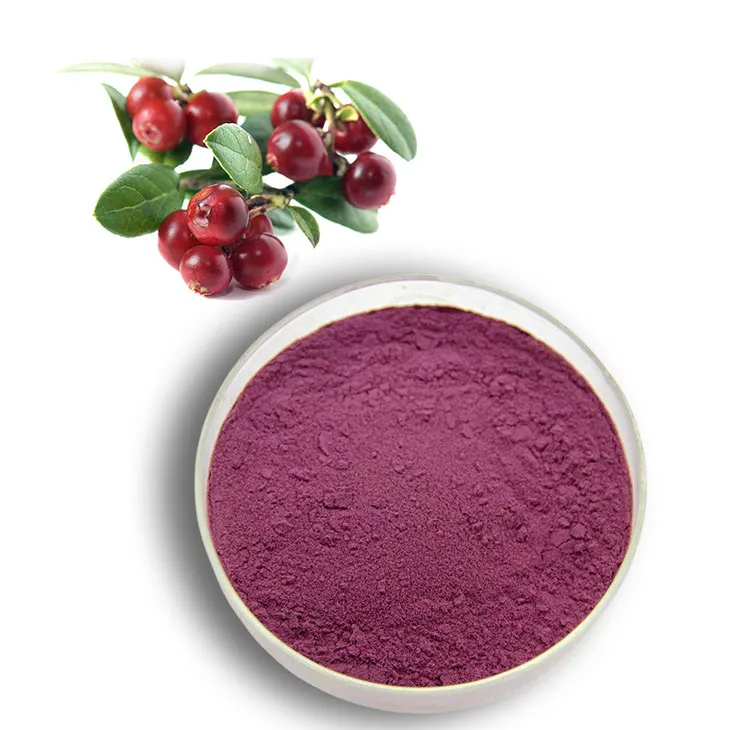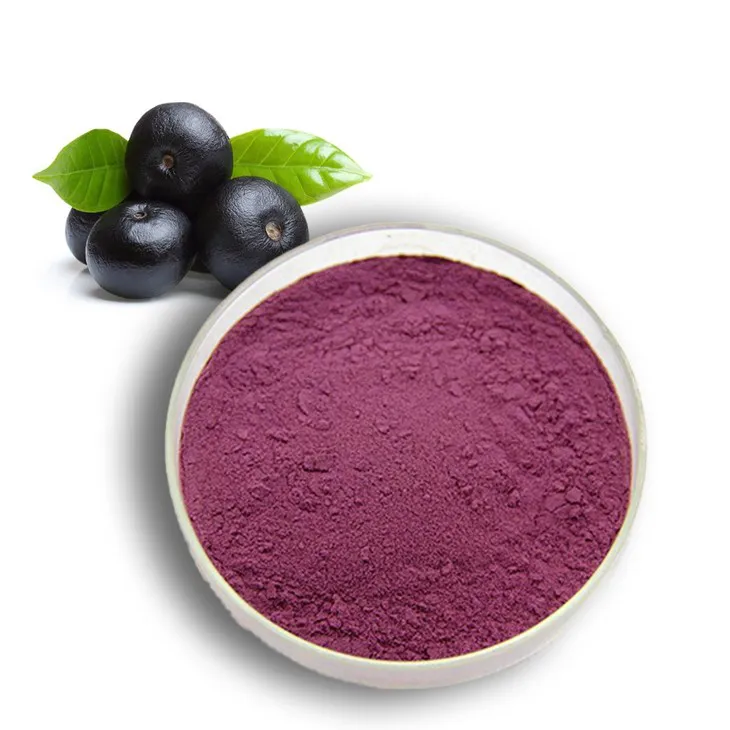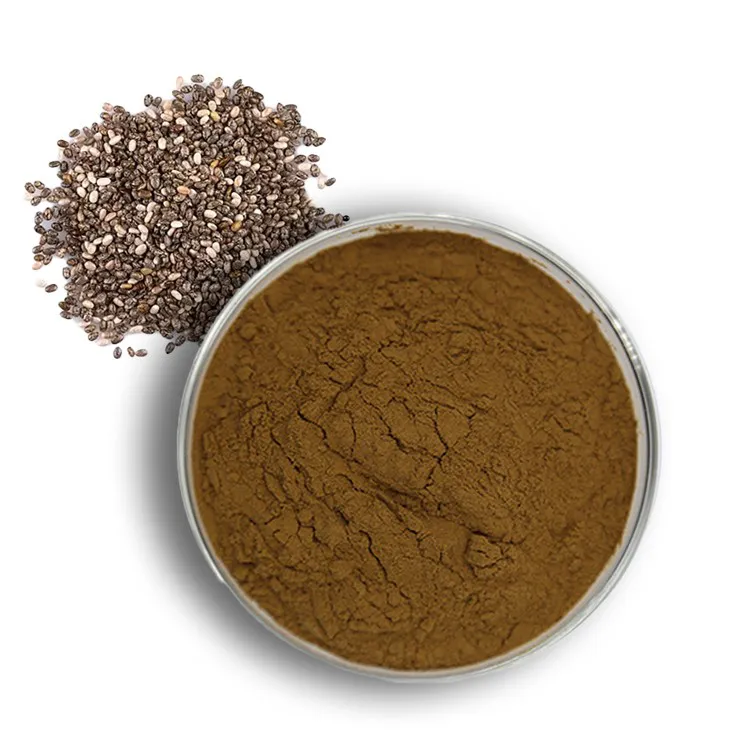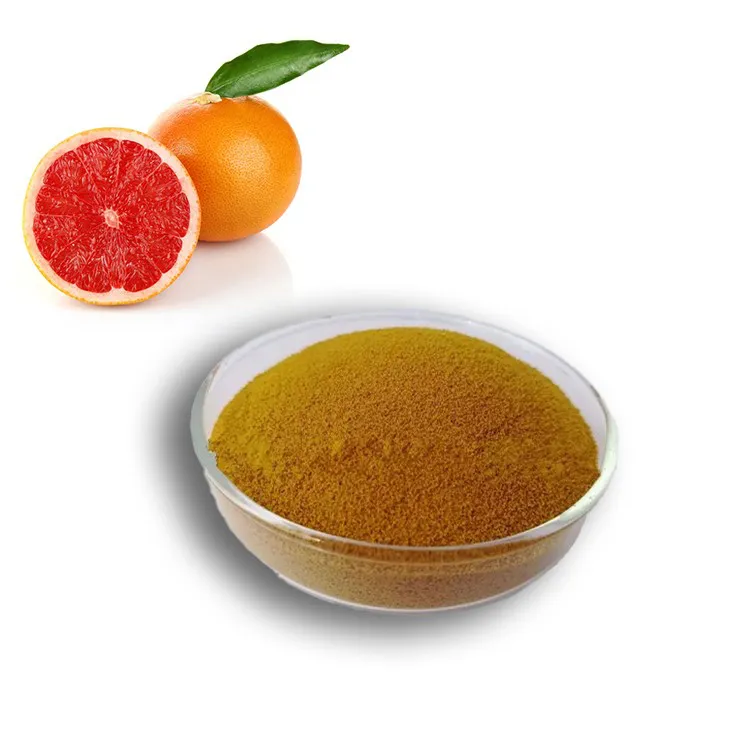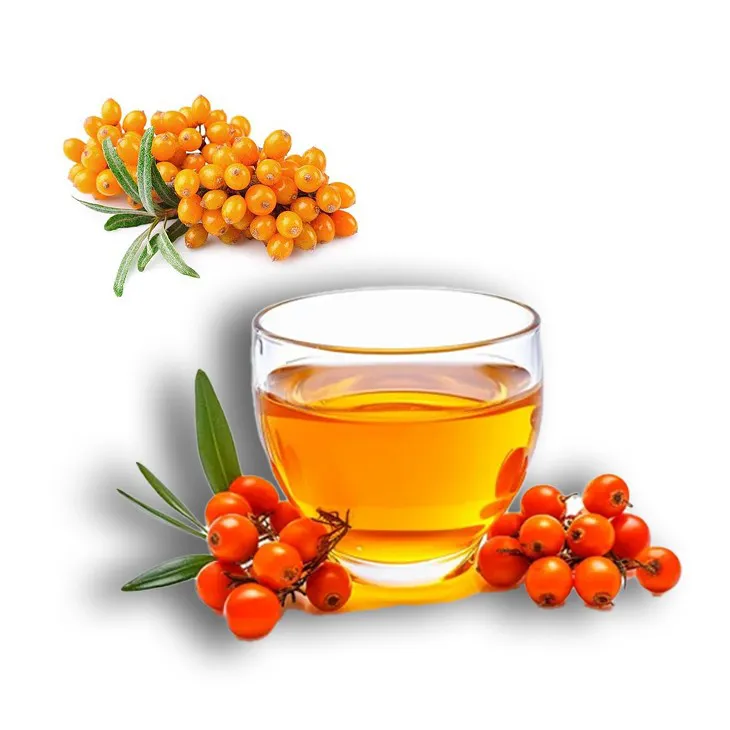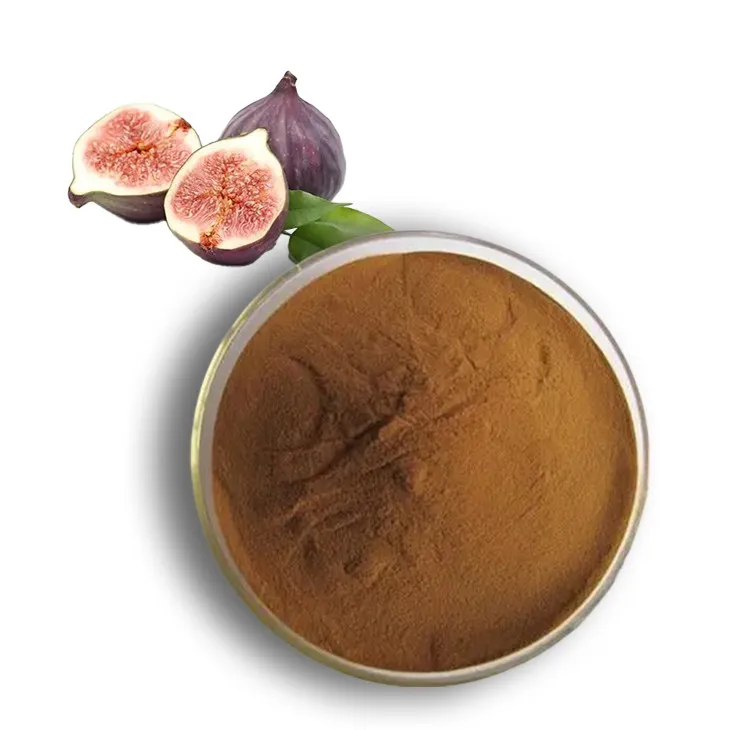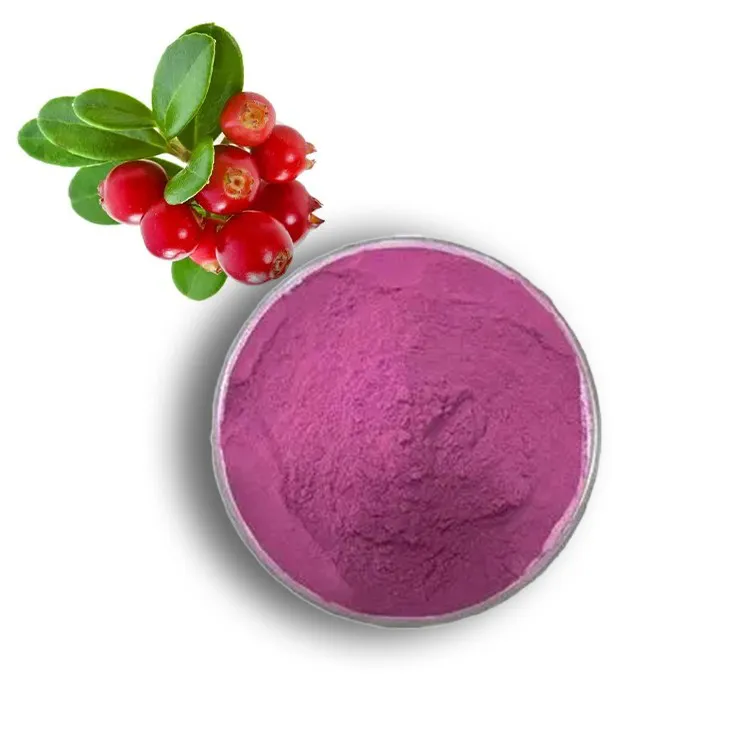- 0086-571-85302990
- sales@greenskybio.com
Garlic: History, Benefits and Properties
2025-08-18
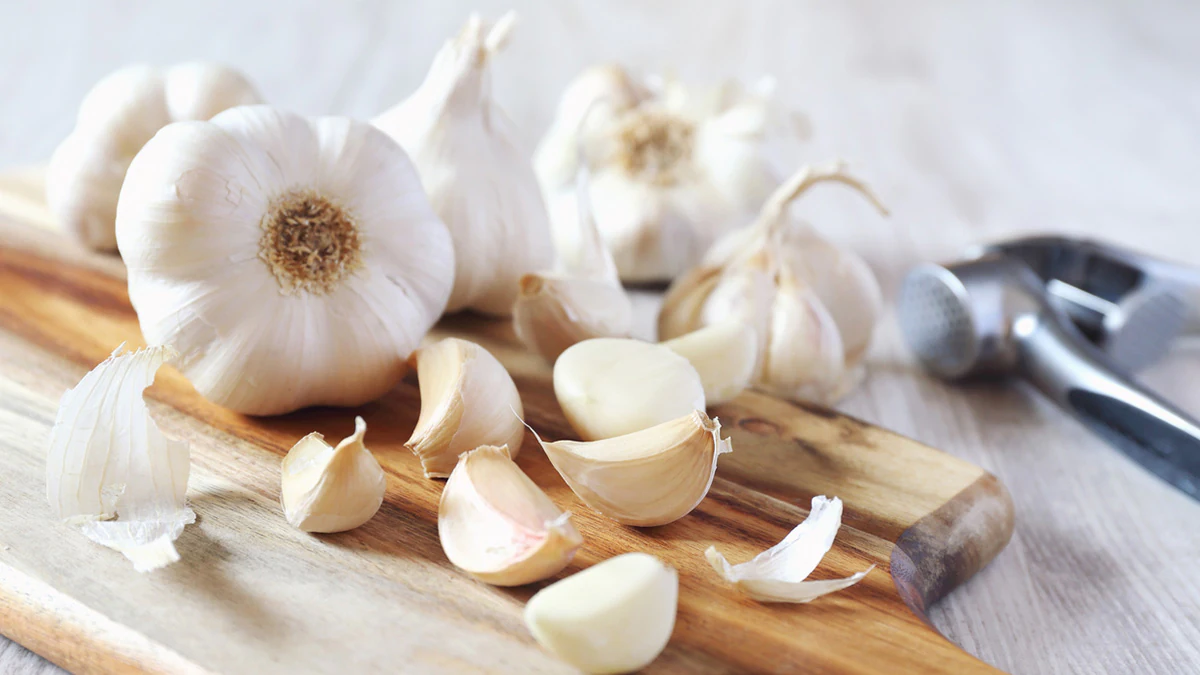
Garlic, a staple ingredient with roots dating back over 5,000 years to regions like Central Asia, Egypt, Greece, China, and India, has a rich history as both food and medicine. Highly valued in ancient civilizations, garlic was prized for its ability to promote health, strength, and endurance.
Renowned for its dense nutritional profile, garlic is a rich source of vitamins B6 and C, alongside manganese, selenium, and dietary fiber. Among its notable components are potent bioactive compounds such as allicin and Quercetin, which contribute to its diverse health benefits.
Garlic promotes heart health, enhances immunity, aids digestion, strengthens bones, and helps regulate blood sugar levels. Its antioxidant, anti-inflammatory, antimicrobial, and antiviral properties are instrumental in preventing diseases and supporting overall wellness.
However, excessive garlic consumption may lead to digestive discomfort and bad breath, and it can interfere with blood-thinning medications. Quality sourcing is crucial, with organic and locally grown garlic generally safer than some imported varieties.
Garlic can be enjoyed in various forms, whether raw, cooked, or fermented, and is a popular addition to sauces, soups, stir-fries, marinades, and health remedies like garlic honey or black garlic.
Historical Roots of Garlic
As one of the oldest cultivated plants, garlic’s origins trace back to Central Asia. By 4,500 BCE, it had spread to Egypt, where it was used to enhance the strength and endurance of laborers who constructed the pyramids. Ancient texts, including Sanskrit records and Egyptian papyri, document its medicinal use. The Greeks and Romans utilized garlic for boosting athletic performance and treating infections, and following the Roman conquest of Britain, it spread throughout Europe.
Garlic's role in Traditional Chinese Medicine and Ayurveda further underscores its longstanding medicinal value, helping digestion, respiratory health, and parasite cleansing. Contemporary research corroborates garlic’s antimicrobial and cardiovascular benefits, reinforcing its role in natural medicine and global cuisine.
Nutritional Benefits and Health Impacts
Despite its modest size, garlic is a nutritional powerhouse. A 100-gram serving of raw garlic provides:
- 6.4 grams of protein
- 2.1 grams of dietary fiber
- 31% of the recommended daily intake (RDI) of vitamin C
- 95% of the RDI of vitamin B6
- 80% of the RDI of manganese
- An array of other nutrients, including selenium, calcium, potassium, and iron
- Bioactive compounds like allicin, diallyl disulfide (DADS), s-allylcysteine (SAC), Quercetin, and other flavonoids
Garlic's immune-boosting properties, rich in allicin, vitamin C, and selenium, bolster infection-fighting defenses and promote strong immunity. Its heart-supporting benefits regulate blood pressure, lower LDL cholesterol, and improve circulation, making garlic a valuable part of a balanced diet. Anti-inflammatory and antioxidant effects also aid digestion, bone strength, blood sugar regulation, and long-term disease prevention.
Strengthening Immunity
Garlic's high vitamin C content boosts the body’s immune system, while selenium activates antioxidant functions. Allicin’s antimicrobial properties protect against bacteria, viruses, and fungi, enhancing overall immune defenses. Additionally, garlic's prebiotic benefits support gut health, an essential factor for strong immunity.
Supporting Heart Health
Rich in potassium, garlic aids in relaxing blood vessels and regulating blood pressure. Allicin inhibits angiotensin II, a hormone that narrows arteries. Flavonoids and vitamin B6 help minimize LDL cholesterol oxidation, reducing arterial blockages. These protective effects bolster cardiovascular health.
Anti-inflammatory and Antioxidant Properties
Compounds like manganese aid antioxidative enzymes, neutralizing cell-damaging free radicals. Quercetin helps reduce inflammation, and DADS modulates pathways linked to chronic conditions such as arthritis and heart disease.
Digestive Health and Gut Benefits
Garlic is abundant in dietary fiber, promoting regular bowel movements and supporting beneficial gut bacteria. Its prebiotic content encourages healthy microbiome diversity, while antimicrobial effects maintain balanced gut flora by countering harmful bacteria like H. pylori.
Bone Strength Enhancement
Calcium and phosphorus support bone health and manganese aids collagen production, crucial for bone structure. Regular garlic consumption may mitigate bone loss, reducing osteoporosis risk. Sulfur compounds in garlic may also influence positive estrogen levels, supporting bone density.
Blood Sugar Regulation
SAC in aged garlic enhances insulin sensitivity, improving glucose uptake. Garlic has shown potential in lowering fasting blood sugar levels and reducing insulin resistance, helping manage conditions like Type 2 diabetes.
Antimicrobial and Antiviral Effects
Allicin and garlic's sulfur compounds provide robust antimicrobial effects, targeting pathogens and enhancing immune defenses. These attributes make garlic a natural ally in combating infections and influencing overall health.
While garlic offers significant health benefits, excessive intake can lead to side effects such as bad breath, body odor, or digestive issues. Due to its blood-thinning properties, caution is advised when taking anticoagulants. Consulting a healthcare provider before beginning high-dose garlic supplements is recommended.
For the safest and healthiest form, choose organic or locally sourced garlic. Conventional garlic often contains pesticides, while imports can have heavy metal contamination. Black garlic offers a fermented, antioxidant-rich alternative, and home-growing is an option for assured quality.
Culinary Versatility of Garlic
Garlic’s bold flavor enhances numerous dishes. Popular uses include:
- Consuming raw – minced in dressings or blended into smoothies
- Enhancing soups and broths – garlic soup and miso broth
- Adding to stir-fries and marinades for meats and seafood
- Specialty preparations – black garlic, garlic honey, pickled garlic
From ancient healing traditions to modern nutrition, garlic is celebrated as a superfood for its antimicrobial properties, cardiovascular benefits, and culinary richness. Its robust flavor and health potential make it an indispensable addition to wellness-focused diets worldwide.
- ▶ Hesperidin
- ▶ Citrus Bioflavonoids
- ▶ Plant Extract
- ▶ lycopene
- ▶ Diosmin
- ▶ Grape seed extract
- ▶ Sea buckthorn Juice Powder
- ▶ Fruit Juice Powder
- ▶ Hops Extract
- ▶ Artichoke Extract
- ▶ Mushroom extract
- ▶ Astaxanthin
- ▶ Green Tea Extract
- ▶ Curcumin
- ▶ Horse Chestnut Extract
- ▶ Other Product
- ▶ Boswellia Serrata Extract
- ▶ Resveratrol
- ▶ Marigold Extract
- ▶ Grape Leaf Extract
- ▶ New Product
- ▶ Aminolevulinic acid
- ▶ Cranberry Extract
- ▶ Red Yeast Rice
- ▶ Red Wine Extract
-
Rose Hip Extract
2025-08-18
-
Golden Seal Extract
2025-08-18
-
Berberis aristata Extract
2025-08-18
-
Bilberry Extract
2025-08-18
-
Acai Berry Extract
2025-08-18
-
Chia Seed Powder
2025-08-18
-
Grapefruit Seed Extract Powder
2025-08-18
-
Sea buckthorn oil
2025-08-18
-
Fig Extract
2025-08-18
-
Europen Bilberry Extract
2025-08-18











